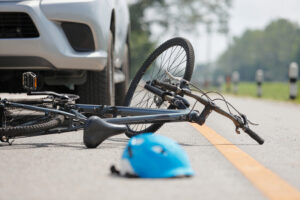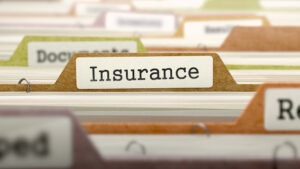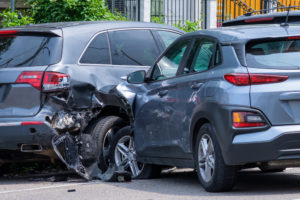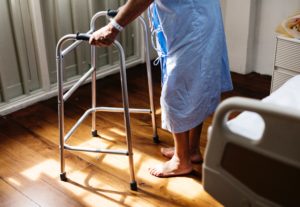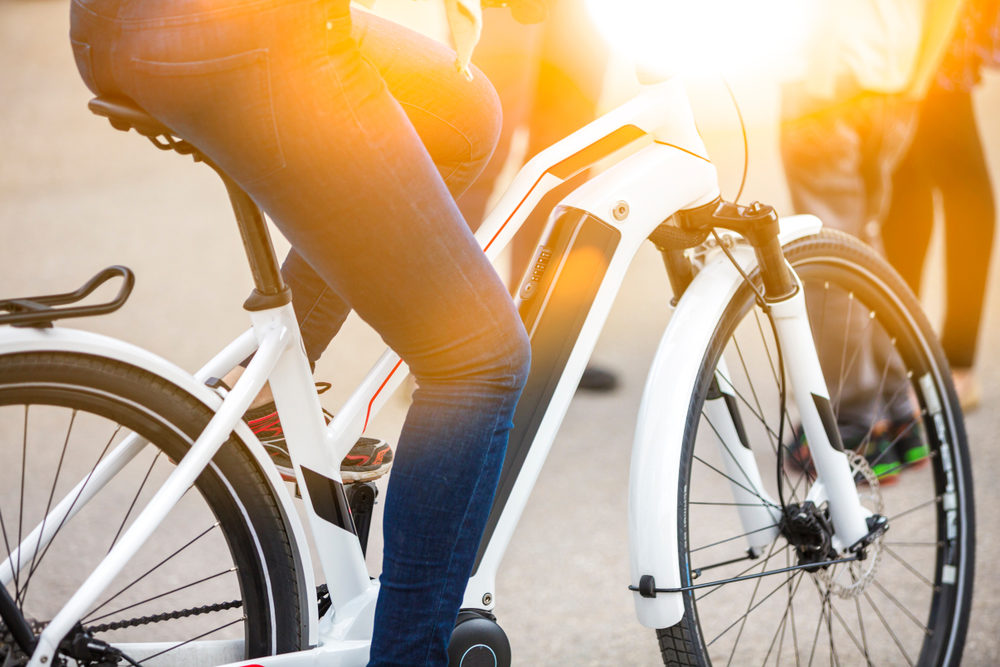
In recent years, e-bikes have grown in popularity. In the U.S., there are more than one million enthusiasts who have an e-bike of their own. This mode of transportation, powered by electronically chargeable batteries, has been lauded by commuters avoiding the high price of filling a car’s gas tank, environmentally-minded riders showing support for zero-emission vehicles, and people who are not otherwise strong enough to peddle a bike up hills or over difficult terrain.
Surprisingly, despite the ever-increasing number of riders, states, including Virginia and Washington D.C., have limited regulations for e-bikes, even though they are faster and more powerful than traditional bicycles. This means it is up to the individual rider to take necessary measures to ensure they are financially protected from harm.
Classes of E-bikes
According to the Virginia Code, an e-bike is defined as an “electric power-assisted bicycle.’’
It can have up to three wheels and has pedals that can be powered by human propulsion, seats, and an electric motor, not exceeding 750 watts. E-bikes are broken down into three classes:
- Class 1 – Equipped with a motor that provides assistance only when the rider is pedaling. The motor stops assisting at 20 miles per hour.
- Class 2 – Features a motor that can be used exclusively to propel the e-bike. It also stops assisting at 20 miles per hour.
- Class 3 – The most powerful e-bike equipped with a motor that provides assistance only when the rider is pedaling, but the motor stops assisting at 28 miles per hour.
The ABCs of Insuring an E-bike
An e-bike is an expensive investment with prices ranging from $1,000-$12,000. For that reason alone, e-bike owners should consider purchasing an insurance policy – simply to protect the investment.
However, the high price tag is not the only reason.
As mentioned above, e-bikes can run much faster than traditional bicycles. Therefore, those on e-bikes carry a higher risk of catastrophic injuries and are more likely to suffer internal injuries than those on traditional bicycles. In addition, liability risks come with riding an e-bike, including harming other cyclists, pedestrians, or bystanders, or damaging another person’s property.
Insuring an e-bike can give an owner peace of mind that if the worst-case scenario happens, whether it is a theft, accident, or bodily injury, they will receive financial support through their insurance policy.
In some cases, an e-bike owner can insure their e-bike through their homeowners or renters insurance, however, the coverage may be limited with the policy only covering the e-bike on the property itself. While this type of insurance may cover an e-bike that is damaged or stolen from the home, it may not cover the theft or damage if it occurs elsewhere.
Instead of relying on homeowners insurance, e-bike owners could consider getting separate coverage for their e-bike. Although e-bike insurance is still not as common as other types of insurance for cars or motorcycles, more and more companies are offering e-bike coverage including Progressive, Markel, Velosurance, and Sundays Insurance.
Here is a short list of the types of coverage an e-bike owner can benefit from:
- Physical damage: If an e-bike was damaged by contact with another vehicle (or object like a rock or a fallen tree).
- Medical coverage: While the rider may receive coverage under their health insurance carrier, many e-bike insurance policies also offer this type of coverage.
- Liability coverage: If the policyholder is found at fault in an accident they could be held liable for costs associated with another person’s injuries or damaged property.
- Uninsured motorist coverage: If a person who causes an accident with an e-bike is not insured, it will cover the medical expenses (and damages) for the policyholder.
How To Be a Safe and Lawful E-bike Rider
Because of the increasing number of e-bikers, doctors are seeing more injuries, including head and orthopedic injuries, fractures, road rash, and skin abrasions. It can’t be stressed enough that riders need to use extra caution with e-bikes.
Here are some safety rules to keep in mind:
- In most places, e-bike rules are similar to bicycle rules, and riders must obey all stop signs and traffic lights.
- Although all Class 1 and Class 2 e-bikes are generally allowed anywhere a bicycle is, it is recommended that riders get to know the e-bike rules of the area they intend to travel beforehand.
- In Washington D.C. people must be 16 or older and are required to have a driver’s license to operate an e-bike. E-bikes are not allowed to go faster than 30 mph.
- In Virginia, people must be 14 or older to operate an e-bike, and they are not allowed to travel faster than 25 mph.
Remember, like traditional bicyclists, e-bike riders should always show respect to fellow travelers – and of course, get in the habit of wearing a helmet before riding.
Anyone injured in an e-bike accident should contact a lawyer experienced in bicycle accident lawsuits to recover financial damages against the negligent person or party who caused the injury. While collisions can result from driver carelessness, they can also be due to defective parts found in the e-bike or perhaps on those responsible for maintaining the roads the accident occurred on. For more information, call or text Curcio Law at 703-836-3366 or use our online contact form to get started.

Tom Curcio has devoted his career to representing people seriously injured or killed in car, pedestrian, bicycle, and truck crashes, and by dangerous dogs, unsafe products, and premises. He works tirelessly to obtain the compensation his clients are legally entitled to so they may rebuild their lives with dignity. Tom is the co-author of the book Evidence For The Trial Lawyer, and a much sought-after speaker on personal injury, trial practice, evidence, and professionalism. Contact Tom at tcurcio@curciolaw.com.



